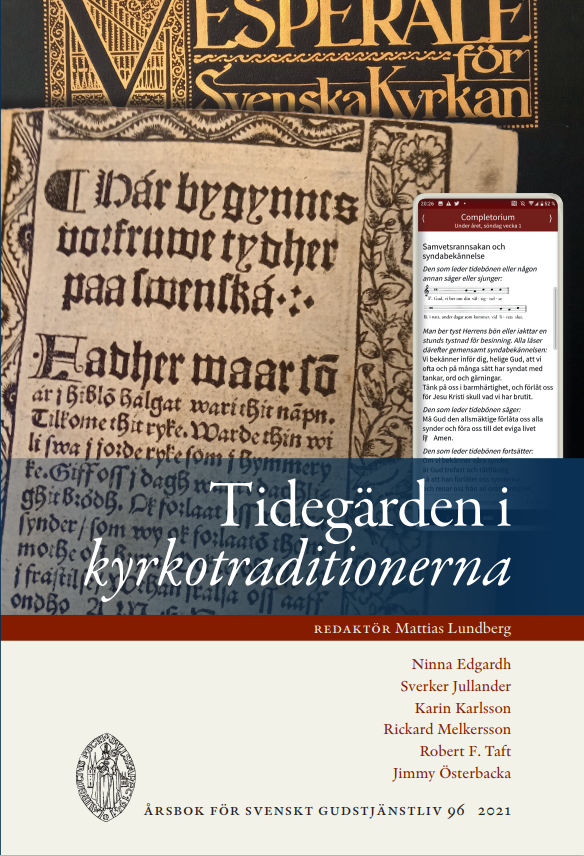På väg mot en perfekt symbios?
Om gregoriansk sång och svenskspråkig sjungen tidegärd under 1900-talet
Abstract
This study deals with different approaches to the use of Gregorian chant with Swedish texts in the Divine Office, from the 1920:s onward, with particular focus on psalmody. In 1924, the clergymen Arthur Adell and Knut Peters published Evangelisk tidegärd, the first modern Swedish-language service order for the Office using exclusively Gregorian melodies. The official Vesperale and Psalterium of 1925, using mainly Gregorian melodies, was severely criticized by Peters, who, together with Adell, sought to establish principles for the use of Swedish texts to Gregorian psalmody.
How such principles ought to be formulated and applied was discussed intermittently in the following decades. While all participants in these debates agreed that using Gregorian chant to Swedish texts entailed special difficulties, opinions on how to handle these problems varied widely, and, especially from the 1980:s, it was questioned whether the Swedish language was at all suitable for Gregorian chant. The Laurentius Petri Society, founded by Adell and Peters, maintained that original Gregorian melodies could – and should – be used, whereas the Roman-Catholic diocese in Sweden advocated a modified psalmody, albeit still based on the traditional psalm tones. These differences, reflected in the respective editions, still persist as different ideals and principles, although a converging tendency may be observed in recent years.
Downloads
Publicerad
Nummer
Sektion
Licens
Copyright (c) 2022 Sverker Jullander

Detta verk är licensierat under en Creative Commons Erkännande-Ickekommersiell-IngaBearbetningar 4.0 Internationell-licens.
© författarna, Laurentius Petri Sällskapet för svenskt gudstjänstliv samt Artos & Norma bokförlag. Det är tillåtet att kopiera och använda material ur Svenskt Gudstjänstliv för forskningsändamål om källan anges. För övriga ändamål kontakta respektive artikelförfattare samt förlaget. Särskilda restriktioner kan gälla för bildmaterial.


